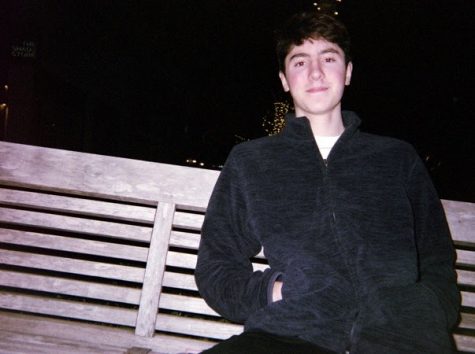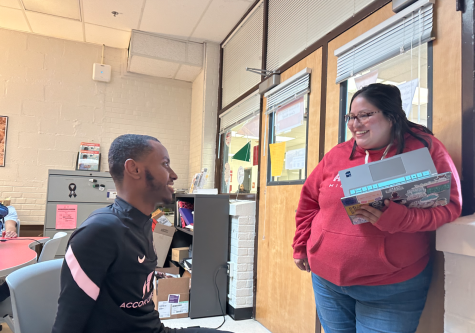AHS sets the standard for CPR training
It’s understandable to resent CPR training if your first high school kiss was with a CPR dummy. It seemed like forever to get rid of that rubbing alcohol taste from your lips while simutaneously trying to stop blushing from making out with plastic.
It’s a common occurrence your freshman year at AHS to participate in CPR training. The training is part of your physical education curriculum and involves both classroom and hands on learning.
CPR – or Cardiopulmonary Resuscitation – is an emergency lifesaving procedure performed when the heart stops beating. Immediate CPR can double or triple chances of survival after cardiac arrest.
Being CPR certified can provide you with many benefits and opportunities.
Not only does being CPR certified open up job opportunities such as life guarding or jobs in the medical or law enforcement fields, but it also provides you with a lifelong skill that will always be beneficial.
You never know when CPR is needed and being able to perform the basic functions can save someone’s life.
Performing CPR which keeps the blood flow active – even partially – extends the opportunity for a successful resuscitation once trained medical staff arrive on site.
With such an important skill, the training at AHS should properly prepare students so they are trained to the best of their ability.
“The CPR training at Hayfield was lack luster. I wouldn’t say they ran it that well because I don’t think I would be able to perform CPR if needed,” Hayfield sophomore Hanah Mounier said. “The final test was poorly set us as well, even if you messed up you still passed.”
Although AHS sets a strong precedent for what CPR training should be which in turn emphasizes the importance of it, the confirmation of completion system is faulty.
Multiple juniors, all of which had completed their CPR training, were marked as incomplete in the system.
“Despite having completed the CPR training, it still said that it was incomplete,” junior Emily Shawish said.
Students went to talk to the coordinators of the CPR training and the IB coordinator Linda Bradshaw to help confirm their completion of their training.
“Considering that the training is mandatory, I was stressed out,’” Shawish said. “Luckily I was able to talk to Ms. Bradshaw and change my status.”
Besides the minor mishap with the confirmation system, AHS still takes it CPR training very seriously.
CPR training is important. It can save your life, your children’s lives, your parents’ lives, or even a stranger’s life. Getting trained is easily accessible to anyone who wants it and not hard to complete.
Despite many high schools providing CPR training in recent years recent studies suggest that less than half of those who suffer from cardiac arrest receive any type of CPR assistance from a bystander.
If you encounter a situation where you need to perform CPR and you’re uncomfortable, use this tale as a guide. In recent news, a man from Tuscon performed CPR by following the rules outlined by Mike Scott from The Office: compress the chest to the beat of “Stayin Alive” by the BeeGees.
Although CPR training seems like a universally good thing, some students disagree with the training being mandatory for graduation.
“It would be more beneficial to have more classes surrounding life saving procedures than the standard classes we have now in order for it to be a graduation requiremnet.” said junior Michael Brown.
Despite mixed feelings, CPR training is a necessary skill and AHS provides a good training program.

Manny Precht is a senior and the current Co-Editor in Chief of The A-Blast. It is his second year on staff where he was previously the Health Editor. In...











